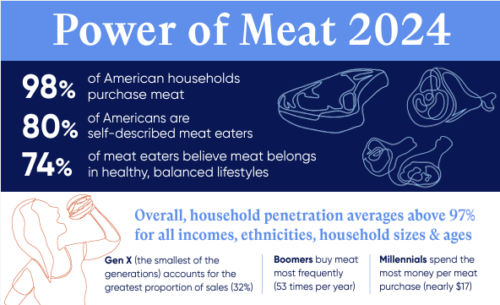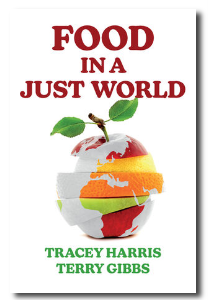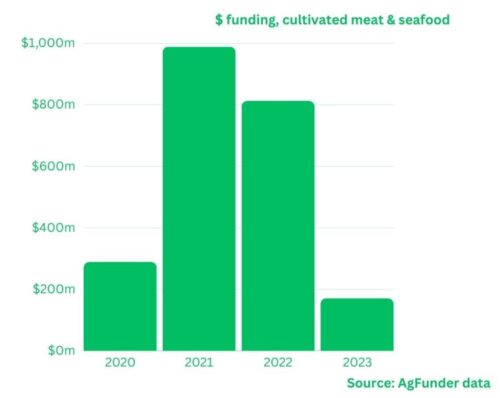In my Monday postings of industry-funded studies of the week, I mostly have stopped listing the names of authors because I view industry influence as a systemic problem, not something to be blamed on individuals.
But a recent article on meat industry influence on climate change science, sent to me by one of its authors, focuses on two individual recipients of meat industry funding.
The study: Morris, V., Jacquet, J. The animal agriculture industry, US universities, and the obstruction of climate understanding and policy. Climatic Change 177, 41 (2024). https://doi.org/10.1007/s10584-024-03690-w
The 2006 United Nations report “Livestock’s Long Shadow” provided the first global estimate of the livestock sector’s contribution to anthropogenic climate change and warned of dire environmental consequences if business as usual continued. In the subsequent 17 years, numerous studies have attributed significant climate change impacts to livestock. In the USA, one of the largest consumers and producers of meat and dairy products, livestock greenhouse gas emissions remain effectively unregulated. What might explain this? Similar to fossil fuel companies, US animal agriculture companies responded to evidence that their products cause climate change by minimizing their role in the climate crisis and shaping policymaking in their favor. Here, we show that the industry has done so with the help of university experts….Here, we traced how these efforts have downplayed the livestock sector’s contributions to the climate crisis, minimized the need for emission regulations and other policies aimed at internalizing the costs of the industry’s emissions, and promoted industry-led climate “solutions” that maintain production.
The authors describe the ways the meat industry interacts with the work of two university researchers. Both researchers, they report:
- have received significant research funding from industry groups
- lead university centers that receive funding from industry groups
- have been employed by an industry group as consultants
- have received awards or travel from industry groups
- have failed to disclose industry funding in instances where it is the norm to do so
- have presented to policymakers at an industry-sponsored event
- have produced work referenced in public comments submitted by industry groups to regulatory agencies
- have co-authored publications with industry employees
- have published repeatedly in industry-funded journals
- have been referenced by industry groups in industry advertisements
- have published traditional and social media in support of industry interests
- have minimized the industry’s role in climate change
- have challenged the need for regulations or promoted policy changes in ways that are favorable to industry
And there’s more:
Nicholas Carter sent me a copy of his and the Freedom Food Alliance’s report on meat industry efforts to deflect its role in climate change: Harvesting Denial, Distractions, & Deception: Understanding Animal Agriculture’s Disinformation Strategies and Exploring Solutions.
This analysis focuses on key strategies, including tactics to deny, derail, delay, deflect and distract6 meaningful discussion of the key issues, as well as methods that generally are intended to confuse and create doubt in the minds of policymakers and the general public. It is common for the animal agriculture industry to challenge the necessity to shift to a plant-based food system, question causation, dispute the messenger, and contest suggested proplant-based policies.
Carter also sent an article about this study from DeSmog: Meat industry using “misinformation: to block dietary change, report finds.
He notes: “Relevant to all this to is the ironic timing of $4 million more just rewarded (announced yesterday) to Mitloehner and the CLEAR center.”
His comments on this irony:
Yes, feed swaps & quicker fattening can lower some methane, albeit with tradeoffs, but this ignores the far bigger opp. for shifts in demand & supply away from the highest methane-polluting practice.
Comment: In partnerships of this type, the sponsoring industry typically wins. Much research shows that individual recipients of industry funding do not believe it influences the design, conduct, or interpretation of their studies, despite substantial evidence that it does. The role of beef methane emissions is an existential threat to beef sales. The industry, understandably, is doing all it can to undermine concerns about its role in climate change.




